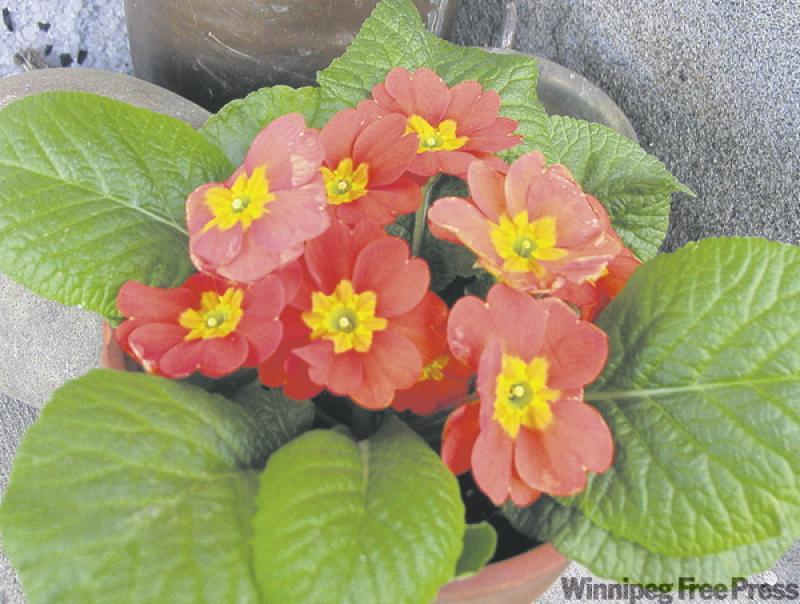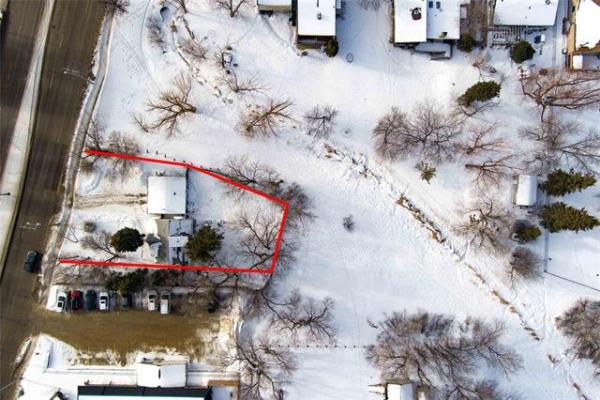The 2009 gardening season has gotten off to a rocky start.
Early in May I couldn’t resist the temptation to buy a couple dozen plants in anticipation of potting them up at the end of that month. A few weeks ago some of them bit the dust during a particularly shivery overnighter on the balcony when the rain turned to snow. Later came that freak windstorm which had me dashing about gathering some of the lighter items before they took flight. Last Monday’s hailstorm clinched it. When is this garden party starting?
Those of you with actual garden beds or plots of land are playing a waiting game as well. A lack of sun and cool air and soil temperature delay plant development and inhibit seed germination. Many gardeners I’ve talked to recently are still waiting for some perennials to emerge and all I can say is be patient. Those in the know are holding off planting their containers unless they’ve got a contingency plan to get them under cover in case of overnight frost.
Yet, many of the perennial gardens I’ve visited this spring are already filling out and look fantastic. I’ve always been an advocate of including plenty of perennials and hardy bulbs in the garden as those plants have an edge over annuals and tender tropicals in our unpredictable climate. Ditto for hardy trees and shrubs, many of which are especially beautiful and welcome this time of year.
For the rest of us waiting for the weather to improve and warm up, here are some tips for battling the elements that will give your newly-planted specimens a fighting chance throughout the season.
Cold:
Baby it’s been cold outside. Those plants in the warmer areas of the yard fare better but beware of chilly nights and frost. If frost is forecast cover in-ground plants with whatever fabric or plastic you can and move pots to shelter — inside the garage, porch or even under the picnic table.
Heat:
Eventually it will warm up and inevitably we will get something approaching hot. Then, watering will be key as new plants often don’t have far-reaching root systems to seek water from surrounding soil. The ideal times to water are at dawn or dusk and the best water to use is tepid. Cold water from the tap can shock plants and it contains chlorine gas. Allowing water to sit for a few hours allows the chlorine to dissipate and come to air temperature. If you collect water with a rain barrel, that is even better.
Mulch:
Mulching plants helps battle gardening hazards such as drying winds and during times of drought by helping to keep moisture in the soil and regulating the soil’s temperature. Mulch also suppresses weeds, which steal nutrients from ornamental plants and food crops. A healthy layer of mulch prevents soil splashing on foliage and can also inhibit soil erosion.
Rain:
Our Manitoba gumbo will drain quickly and be more fertile by adding plenty of organic ingredients every year. Containers should always have holes to allow excess moisture to drain away from plants’ roots. Only use saucers under containers if you have to protect the surface they are sitting on.
Hail:
Let’s hope not.
linda.stilkowski@freepress.mb.ca




